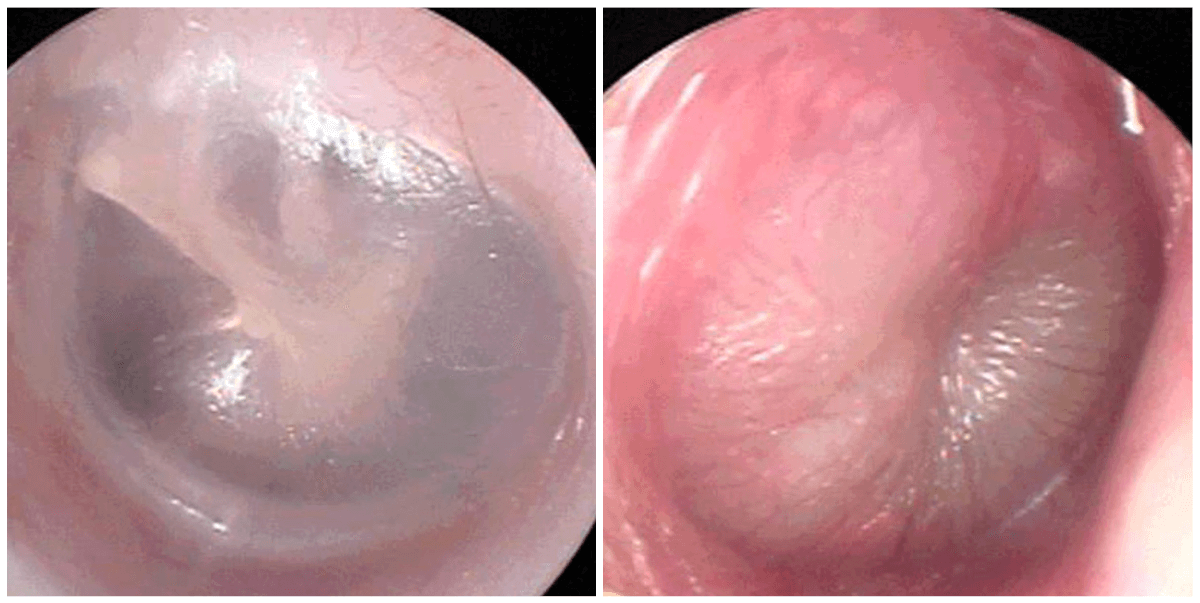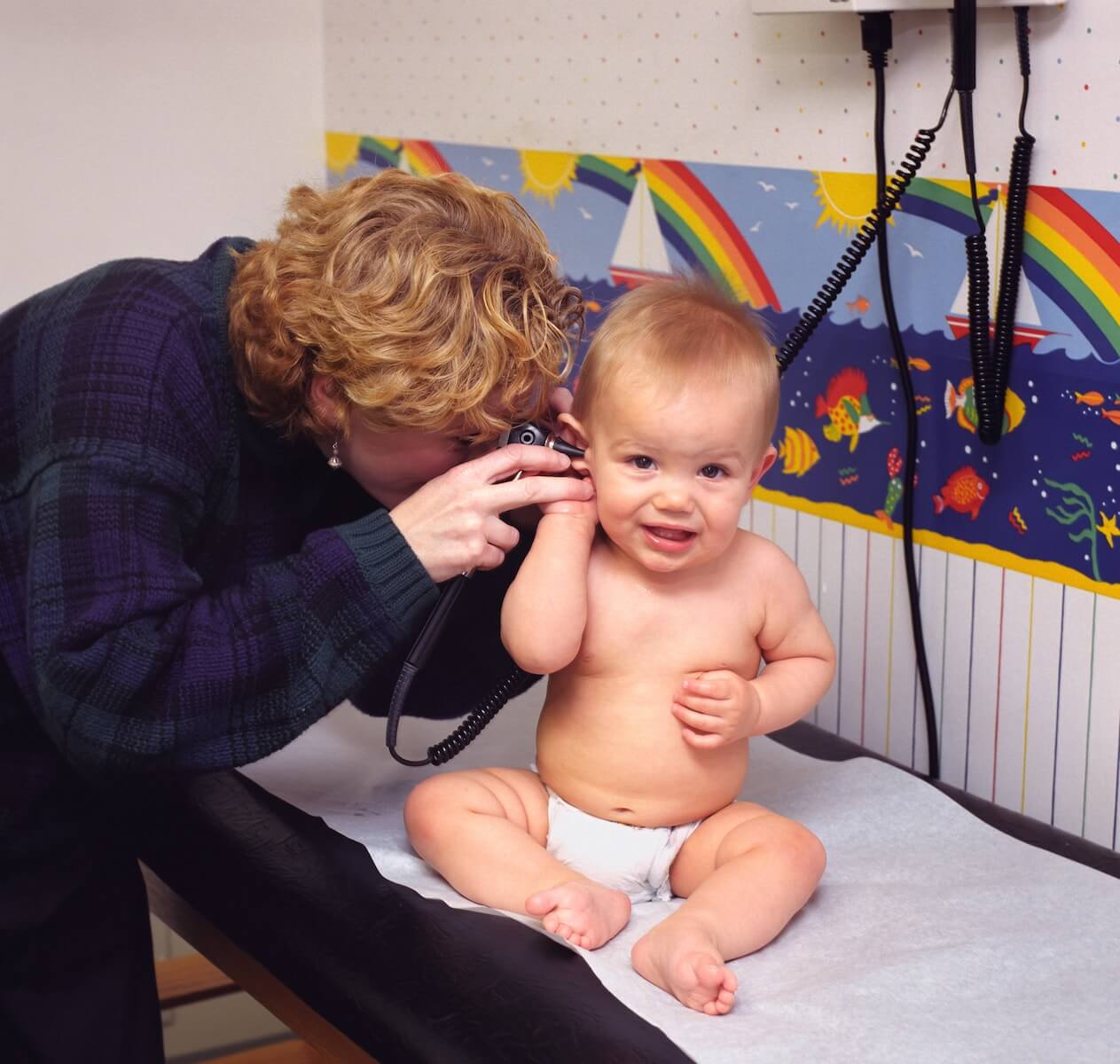PITTSBURGH — Do you think your child has an ear infection? Parents will soon be able to turn to their smartphone to get a diagnosis. Physician-scientists from University of Pittsburgh Medical Center (UPMC) and the University of Pittsburgh have unveiled a novel cellphone application designed to accurately diagnose ear infections, formally known as acute otitis media (AOM), in young children. This innovative app, which leverages artificial intelligence (AI).
Its introduction could mark a significant step forward in reducing unnecessary antibiotic prescriptions, a current issue in pediatric medicine.

AOM represents one of the most frequent childhood infections and a common reason for antibiotic use. However, distinguishing AOM from other ear conditions often requires specific expertise, making accurate diagnosis challenging without significant training. The newly developed AI tool aims to address this challenge by analyzing a brief video of the ear drum, captured through an otoscope attached to a cellphone camera. This method promises not only simplicity but also greater diagnostic accuracy compared to even the most trained clinicians.
“Acute otitis media is often incorrectly diagnosed,” says study senior author Dr. Alejandro Hoberman, professor of pediatrics and director of the Division of General Academic Pediatrics at University of Pittsburgh’s School of Medicine and president of UPMC Children’s Community Pediatrics, in a media release. “Underdiagnosis results in inadequate care and overdiagnosis results in unnecessary antibiotic treatment, which can compromise the effectiveness of currently available antibiotics. Our tool helps get the correct diagnosis and guide the right treatment.”
The development of this tool was prompted by the need for more precise diagnosis tools for AOM, which affects about 70 percent of children before they reach their first birthday. Accurately diagnosing AOM is crucial as it requires distinguishing the condition from otitis media with effusion (OME), a similar condition where fluid accumulates behind the ear drum without bacterial infection, thus not benefiting from antibiotic treatment.
To create an effective diagnostic tool, Dr. Hoberman and his team compiled a training library of 1,151 videos of the tympanic membrane (ear drum) from 635 children who visited outpatient UPMC pediatric offices between 2018 and 2023. Expert reviewers with extensive AOM research experience then annotated these videos to train the AI models.
The AI models demonstrated exceptional accuracy in diagnosing AOM, with sensitivity and specificity rates exceeding 93 percent. This means the models were highly effective at minimizing false negatives and false positives.
“These findings suggest that our tool is more accurate than many clinicians,” notes Dr. Hoberman. “It could be a game changer in primary health care settings to support clinicians in stringently diagnosing AOM and guiding treatment decisions.”

Beyond its diagnostic capabilities, the tool offers educational benefits. The videos captured can be stored in a patient’s medical record, shared with other health care providers, and used to educate parents and medical trainees about the diagnosis process and treatment rationale.
“It is important as a teaching tool and for reassuring parents that their child is receiving appropriate treatment,” concludes Dr. Hoberman.
With its potential to revolutionize the diagnosis of AOM in primary health care settings, this AI-powered app could support clinicians in making more informed treatment decisions, ultimately improving care quality for young patients. This research received support from the Department of Pediatrics at the University of Pittsburgh School of Medicine, and the study is published in the journal JAMA Pediatrics.

What is the diagnostic accuracy when used by an untrained parent with a fussy child who doesn’t hold still?